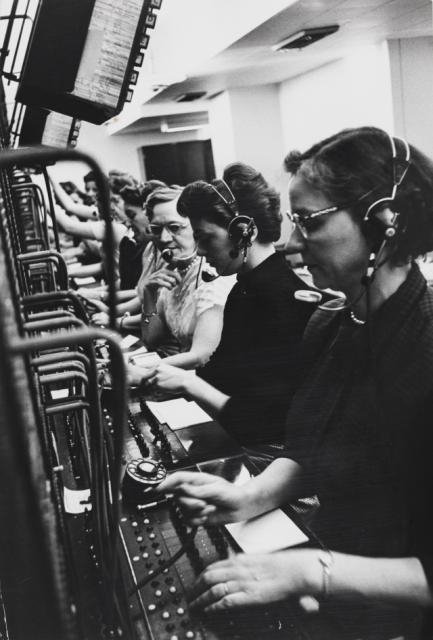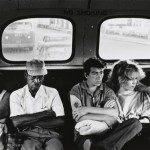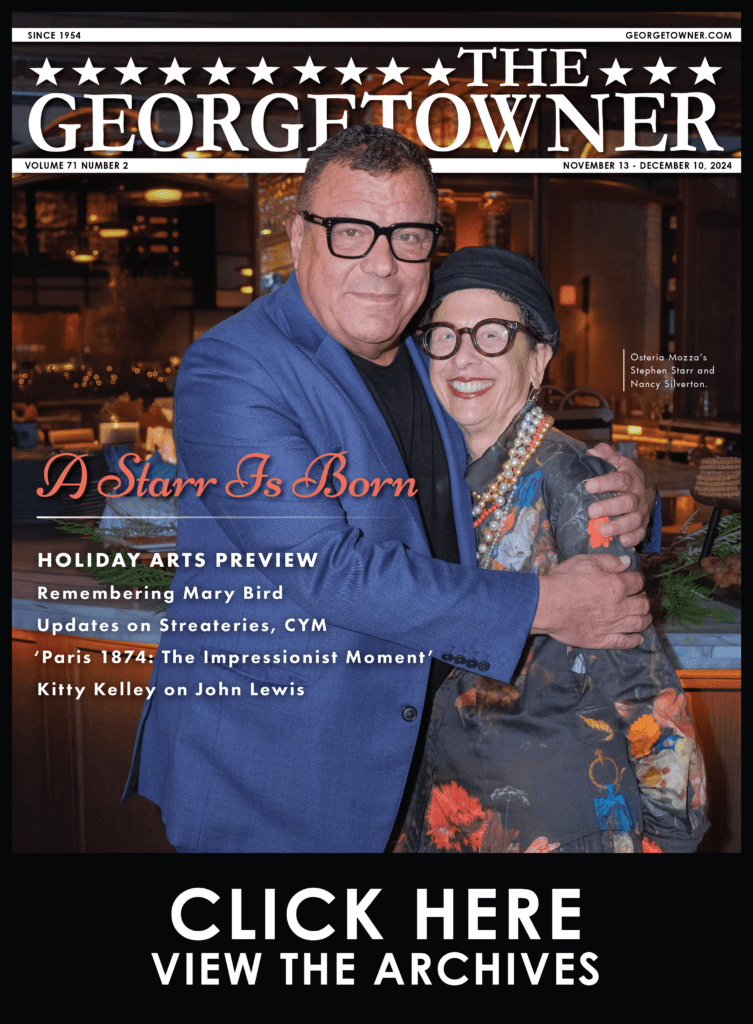‘American Moments’ at Phillips Collection
By • August 17, 2015 0 1075

One of the reasons that museum exhibitions of photography are so satisfying, I think, is because we connect with the way history looks and feels, even if the inexhaustible burden of its hard, underlying truths can be painful to confront. In a way, history is like Mel Gibson: it’s a beautiful face if you overlook the loathsome, backward ideology it conceals.
This pervasive but fairly unarticulated aesthetic fixation is responsible for a number of recent pop-culture fads, many of which exist among the urban hipster subspecies: the revival of fashion accessories like pinstriped fedoras and horn-rimmed glasses, the jaw-dropping surge in vinyl record sales, the general love for all things ‘vintage.’
Sometimes we want to look behind us to feel the past, but it’s tough to think about what we are actually looking back on. (For a good time, go watch Woody Allen’s “Midnight in Paris.”).
Take for example the unfolding national debate over the Confederate flag. My family is from North Carolina, and I have borne witness to the genuine affection that many Southerners feel toward the flag’s symbolism and the pride it elicits. This does not mean I agree with these sentiments (by all means, please take down those flags), but I understand what it means to be attracted to something that carries a burden.
Clearly, the Smithsonian Museum of American History is not hurting for attendance; it gets more visitor traffic on a given weekend than most of our art museums get throughout an entire summer season. But for those of us with cravings for a history, less moderated by textbook timelines and Hollywood endings, photography exhibitions at the National Gallery, the National Portrait Gallery and other art-focused museums around the city offer refreshing alternative visions.
Right now, at the Phillips Collection’s wonderful new photography exhibition, “American Moments,” I could not help but embrace this strange feeling of guilty nostalgia toward ideas and realities that are better off left in the past.
“American Moments” showcases a selection of mid-20th century images of American subjects from the Phillips Collection, including Modernist work and street photography, documentary expression and photojournalism. It shows us our country’s past as we crave to envision it, without omitting the harrowing struggles, isolation and oppressive environments that bore not only great thinkers, artists and innovators, but the nameless huddled masses, long and forever forgotten.
Like the advent of photography itself, the exhibition starts with the city, the towering industrial wonderlands whose skyscraping mysticism and sprawling shadows have mirrored the ambitions of generations of dusty dreamers. The city became one of our most potent symbols after World War I, and photographs by Berenice Abbott and Paul Strand, among others, capture the roiling speed of its physical and cultural development.
Abbott documented the transformation of New York City. In “Canyon: Broadway and Exchange Place” (1936), she points her lens upward toward the towering buildings that blot out the sky, and that dwarfing sense of scale in experiencing a new city will hit you in the gut.
The corresponding galleries explore more of the American landscape, areas of rural and industrial labor where cornfields and expanses of Standard Oil pipelines yield a menacing, inexhaustible geometry to the oppressive low-wage environments of the working class. Here the photographs of Esther Bubley prove to be an indomitable force, which threads throughout the entire show.
The next gallery, titled Scenes from the Road, are right from the grand tradition of American myth, from Lewis and Clark to Jack Kerouac, “Easy Rider” to “National Lampoon’s Vacation,” even my own father’s 1966 cross-country road trip at the age of 17 in a Volkswagen van. Traveling our country is like a rite of passage, a tradition of the singular individual, of the non-collective, which feeds the cultural ego-myth that Americanism so grandly fosters. These photos — notably Bubley’s photographs of Greyhound bus depots and Alfred Eisenstaedt’s stunning photograph of a crowded Union Station in 1934 — show the crumbling of the facade as well as the inner heroism of such journeys.
The exhibition then unfolds into a profound meditation on the conflicted humanity of a developing country, offering postwar portraits of punch-drunk (and flat drunk) soldiers in hazy bars with their spritely, well-tailored women, adjacent to suburban streets where young baby boomers run amuck. In some ways the show culminates with images from Bruce Davidson’s devastating “East 100th Street Series,” which documents desolated neighborhoods in New York City in the ’60s. These noble, sober-eyed portraits and street scenes lay out the generational resonance of our heritage and point to the dust-like impermanence of our lives, which are no less dignified and beautiful for it.
Yes, the photographs are enchanting, and they will make you yearn for something fleeting and implacable (if nothing else, an old-fashioned camera with black-and-white film). More important, and especially in light of a recent game-changing Supreme Court decision, they are an opportunity to reflect on how far we’ve come as a society and a reminder of the roads we ought not to go down again. We are fortunate to live in the present, but let’s not forget the grey areas, the tarnish and silvery moonlight of our past.
- General Service Department, 30 Rockefeller Plaza, New York City (c. 1950s). | Courtesy the Phillips Collection.



